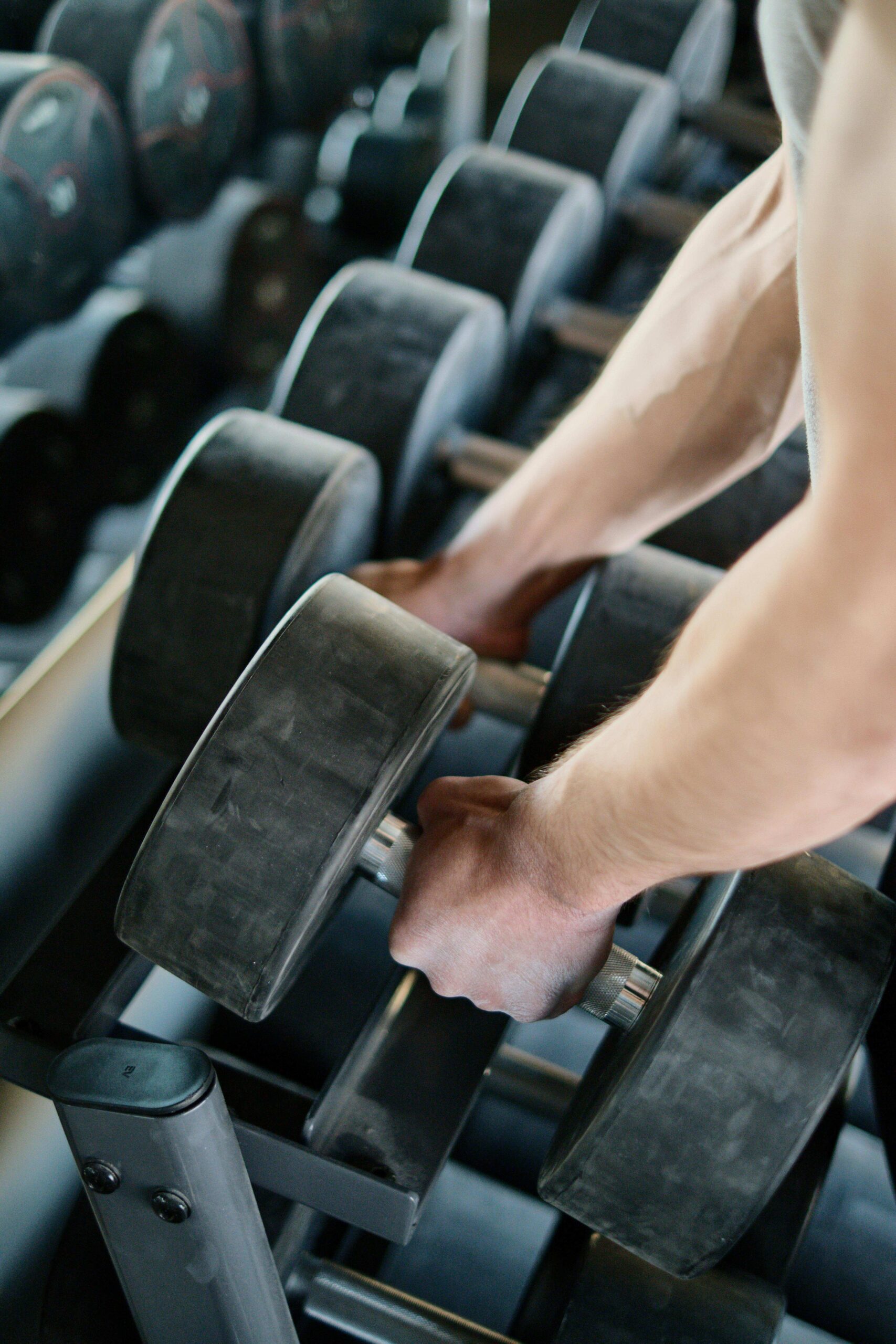Advanced Strength Building Workouts: Elevating Your Training Beyond the Basics
For those who’ve mastered foundational weightlifting routines, advanced strength building workouts offer a pathway to break through plateaus and achieve new levels of power and muscle development. Unlike beginner programs, advanced training requires a strategic blend of science-backed principles, meticulous planning, and nuanced techniques. This article dives into the core components of elite-level strength programming, including progressive overload strategies, exercise selection specificity, periodization models, and recovery optimization. Whether you’re an athlete aiming for peak performance or a lifter seeking transformative gains, understanding these advanced concepts will help you maximize efficiency, avoid stagnation, and push your physical limits. Let’s explore how to structure workouts that deliver measurable, sustainable results.
Progressive Overload and Periodization: The Science of Sustained Growth
At the heart of advanced strength training lies progressive overload—the deliberate, incremental increase in stress placed on muscles. However, advanced lifters must go beyond simply adding weight. Techniques like volume cycling (varying sets and reps weekly) and intensity ramping (adjusting load percentages) ensure continuous adaptation. Pair this with periodization, which organizes training into phases:
- Macrocycles (long-term goals, e.g., 6-12 months)
- Mesocycles (4-6-week blocks focusing on strength, hypertrophy, or power)
- Microcycles (weekly adjustments to volume and intensity)
This structured approach prevents overtraining while systematically pushing thresholds.
Exercise Selection and Technique Mastery
Advanced programs prioritize compound movements (e.g., deadlifts, squats, Olympic lifts) that engage multiple muscle groups and mimic real-world biomechanics. However, exercise variation is key to targeting weak points. For example:
- Replace standard bench presses with floor presses to overload the triceps.
- Use deficit deadlifts to improve off-the-floor strength.
Simultaneously, refining technique—such as optimizing bar path or bracing mechanics—minimizes energy leaks and injury risks. Advanced lifters often employ tempo training (controlled eccentric phases) or isometric holds to amplify time under tension.
Advanced Training Techniques for Plate-Busting Gains
To stimulate further adaptation, incorporate methods like:
- Cluster sets: Short rest intervals between mini-sets (e.g., 5×3 reps with 20-second pauses) to maintain intensity.
- Eccentric overload: Using 105-120% of your 1RM during the lowering phase (with spotters or machines).
- Contrast training: Pairing heavy lifts with explosive movements (e.g., back squats followed by box jumps) to enhance neuromuscular efficiency.
These techniques shock the system, forcing muscles to adapt to unfamiliar stressors.
Recovery and Nutrition: The Unsung Heroes of Strength Development
No advanced program succeeds without addressing recovery. Prioritize:
- Sleep optimization: Aim for 7-9 hours nightly to facilitate muscle repair and hormone regulation.
- Active recovery: Low-impact cardio or mobility work to enhance blood flow without overtaxing muscles.
- Targeted nutrition: Consume 1.6-2.2g of protein per kilogram of body weight daily, and time carbohydrates around workouts to replenish glycogen.
Supplements like creatine (5g daily) and beta-alanine can further support performance, but whole-food foundations remain critical.
Conclusion: Building Strength as a Lifelong Pursuit
Advanced strength building is a fusion of art and science, demanding precision in programming, execution, and recovery. By mastering progressive overload through periodization, selecting exercises that address weaknesses, employing advanced training techniques, and prioritizing recovery, lifters can achieve sustained progress. Remember, strength gains at this level are rarely linear—patience and consistency are paramount. Regularly reassess your program, track metrics (e.g., 1RM, volume load), and stay adaptable. Whether your goal is raw power, athletic performance, or longevity, these principles will help you forge a physique and strength base that stands the test of time. The journey to elite strength isn’t easy, but with the right strategies, it’s undeniably rewarding.
